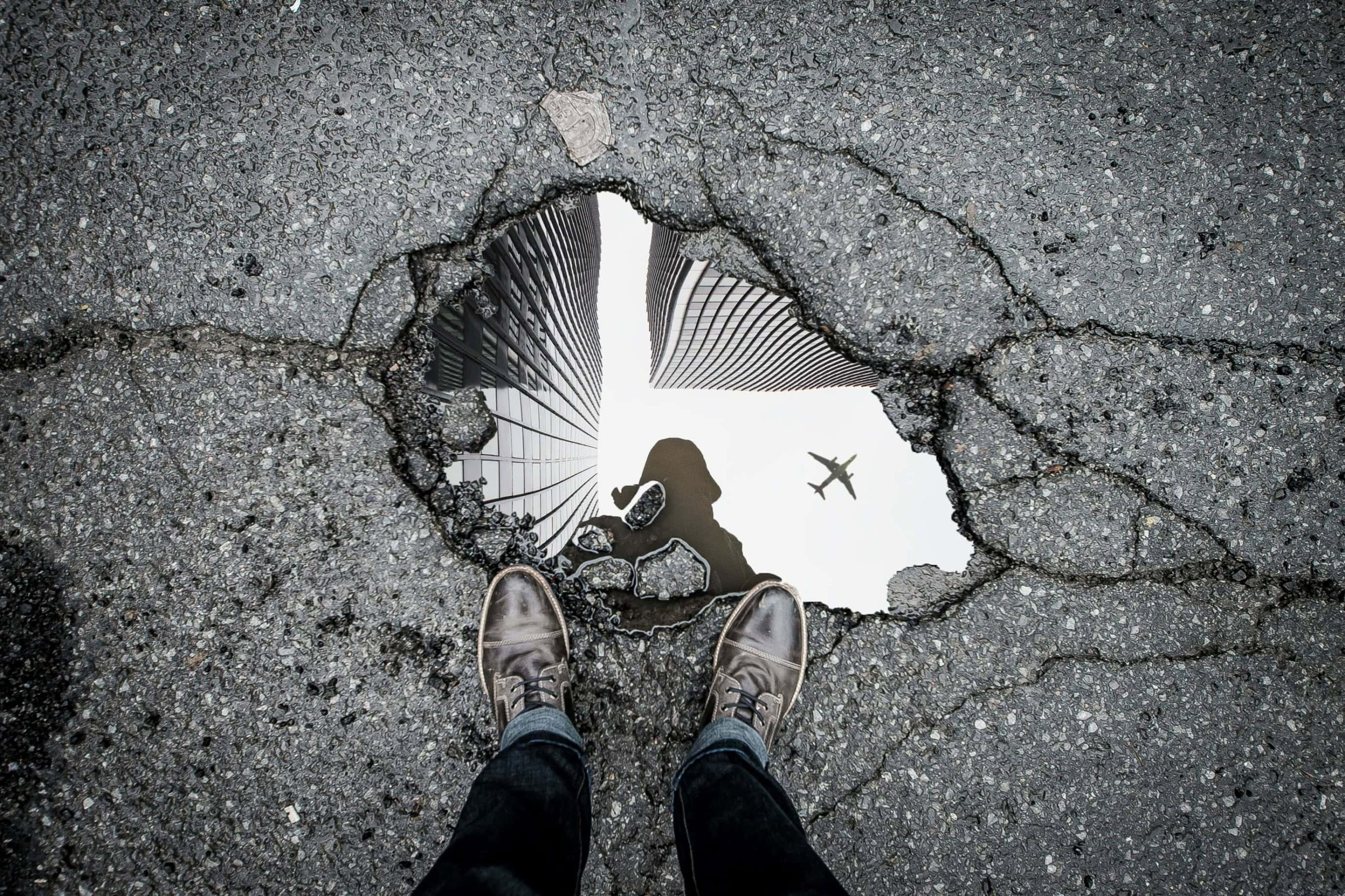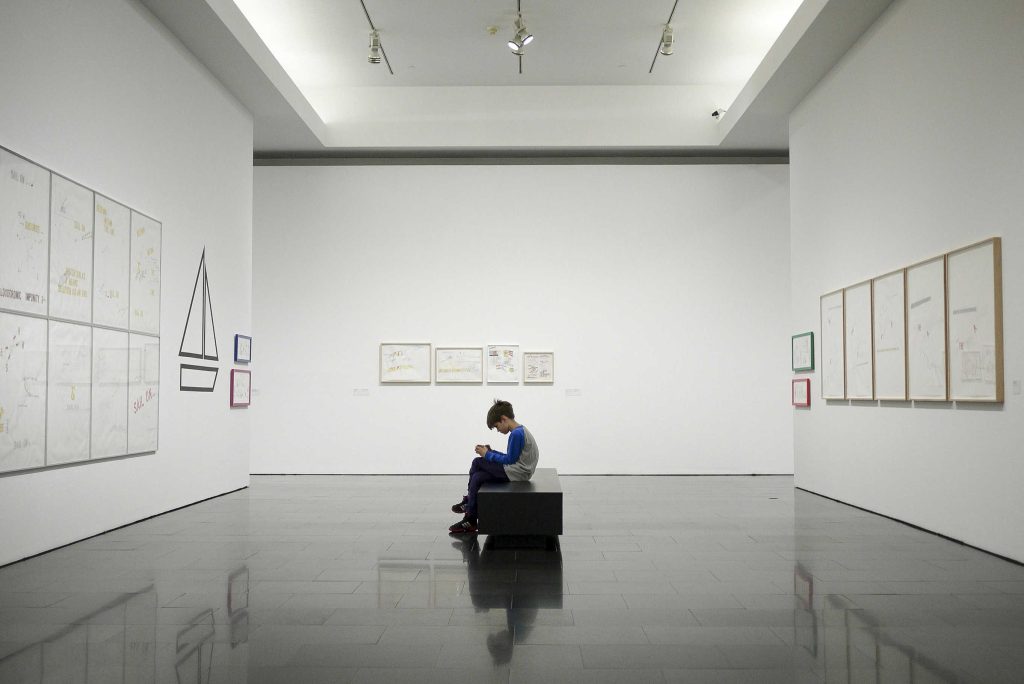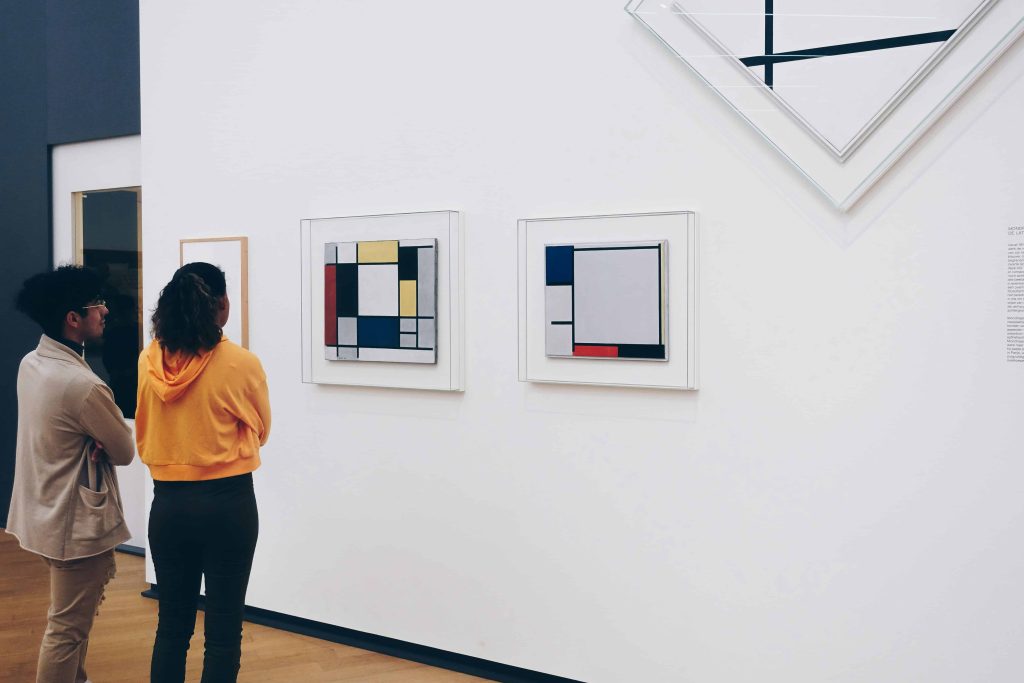
28 Aug Art as a Reflection of Societal Values
Art as a Reflection of Societal Values: Exploring its Dual Role
Art has always been more than just brushstrokes on canvas or notes on a page. It’s a window into the soul of a society, reflecting its values, aspirations, and even its contradictions. In this article, we delve into the multifaceted relationship between art and society, exploring how it serves as both a mirror and a catalyst for change.
Art, in its myriad forms, encompasses painting, sculpture, music, literature, and more. At its core, it is a means of expression, embodying the thoughts, emotions, and experiences of individuals and communities. This article aims to explore how art acts as a mirror, reflecting societal values while simultaneously challenging them.

Art as a Reflection of Societal Values
Embodying Dominant Beliefs and Aspirations
Artistic expressions often mirror the prevailing beliefs and aspirations of a culture. For instance, the Renaissance period saw a resurgence of interest in realism and humanism, reflected in the works of artists like Leonardo da Vinci and Michelangelo. Similarly, patronage played a pivotal role in shaping artistic themes, with religious institutions commissioning works that reflected their spiritual ideologies during the Middle Ages.
Art as a Historical Record
Art serves as a valuable historical record, offering insights into past societies and their values. The grandeur of Egyptian pyramids, for example, reflects the ancient civilization’s emphasis on the afterlife and the divine. Furthermore, art acts as a custodian of cultural traditions and knowledge, preserving practices and beliefs for future generations to decipher.

Art as a Challenge to Societal Values
Platform for Social Commentary and Critique
Artists often use their craft as a platform for social commentary and critique. Through mediums like protest songs and political cartoons, they shed light on injustice and inequality, challenging the status quo. Avant-garde movements such as Dadaism and Surrealism push the boundaries of artistic expression, questioning societal norms and conventions.
Sparking Social Change
Art has the power to ignite social change by raising awareness of pressing issues and inspiring collective action. Photographs documenting war atrocities, for instance, have served as catalysts for public outcry and calls for intervention. Similarly, music played a pivotal role in galvanizing the Civil Rights Movement, fostering solidarity and resilience in the face of oppression.

Conclusion
In conclusion, art serves as both a mirror reflecting societal values and a catalyst for challenging them. Through its diverse forms, art embodies the dominant beliefs and aspirations of a culture, acting as a historical record that preserves traditions and knowledge. Moreover, art serves as a powerful platform for social commentary and critique, sparking awareness and inspiring collective action for change. By understanding the dual role of art in society, we can appreciate its profound impact on shaping our understanding of the world and driving progress towards a more just and equitable future.
Key Takeaways
- Art’s Dual Role in Society:
- Art serves as both a reflection of societal values and a catalyst for change.
- It embodies and critiques cultural norms through diverse forms such as painting, sculpture, music, and literature.
- Historical examples like the Renaissance and movements like Dadaism highlight this dual nature.
- Historical Insights and Social Commentary:
- Art offers historical insights into past societies, preserving traditions while pushing boundaries.
- Artists use their craft to critique injustice and inequality, sparking dialogue and debate.
- Power to Ignite Change:
- Art has the power to ignite social change by raising awareness and inspiring collective action.
- Examples include photographs documenting atrocities and music driving movements like the Civil Rights Movement.
- Conclusion:
- Recognizing art’s dual role helps us appreciate its transformative potential in shaping a more inclusive and compassionate society.
FAQs
How does art reflect societal values?
Art reflects societal values by embodying dominant beliefs and historical contexts. For instance, during the Renaissance, there was a resurgence of interest in realism and humanism.
How does art challenge societal values?
Art challenges societal values by providing a platform for social commentary and critique. Through mediums like protest songs and political cartoons, artists shed light on injustice and question norms, sparking conversations about societal structures.
Can art drive social change?
Yes, art can drive social change by raising awareness of pressing issues and inspiring collective action. Examples include photographs documenting war atrocities and music that played a pivotal role in movements like the Civil Rights Movement.
Gain insights into the diverse perspectives and motivations driving street artists and graffiti writers to leave their mark on the urban landscape.

